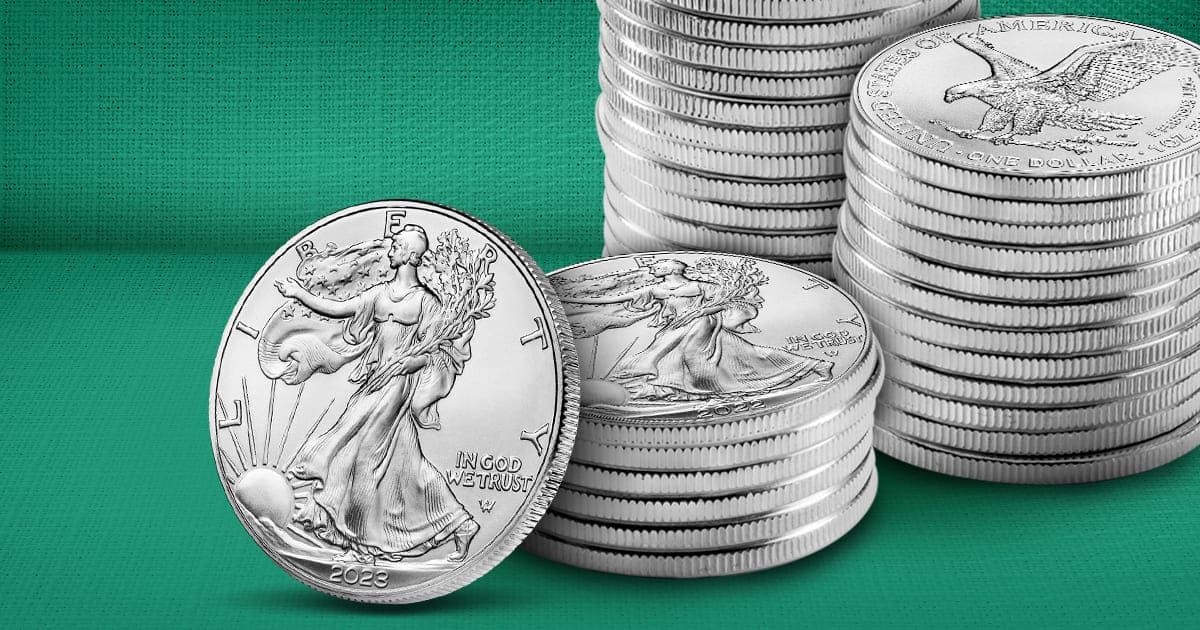
Is Bullion Subject to a State Sales Tax in California?
A sales tax is imposed on retail sales in California, but bullion product sales exceeding $1500 are exempt from the state sales tax. This includes bullion coins, bars, and rare coins, and covers both individuals and businesses.
Bullion sales under $1500 are subject to state and local taxes, which vary from municipality to municipality. This is based on section 1526 of the California Sales and Use Tax Regulation.
It is essential to know that this exemption does not include paper currency, no matter how rare.
Restrictions and Specifications Related to the Bullion Tax Exemption
California has several exceptions to the exemption of sales tax on bullion.
State sales taxes have to be collected on:
- Nonmonetized bullion made from platinum, palladium or copper.
- Monetized bullion, nonmonetized gold and silver bullion, and numismatic coins if the sum of a single transaction is less than $1500.
- Accessory items like tubes and holders.
- Processed items, such as jewelry and statues.
- Bullion product which is made into coins that are not investment-grade.
- Bullion purchased in a state other than California may be subject to a use tax.
Capital Gains Tax Rates are Federal
It is worth noting that sales of bullion products in California may still be subject to federal tax laws like capital gains tax. The maximum Capital Gains tax rate is 28%.
It’s also important to note that these exceptions may vary based on local laws. We recommended consulting with a tax professional for specific guidance on both state and federal taxes.
Find more detailed California precious metals tax information.




